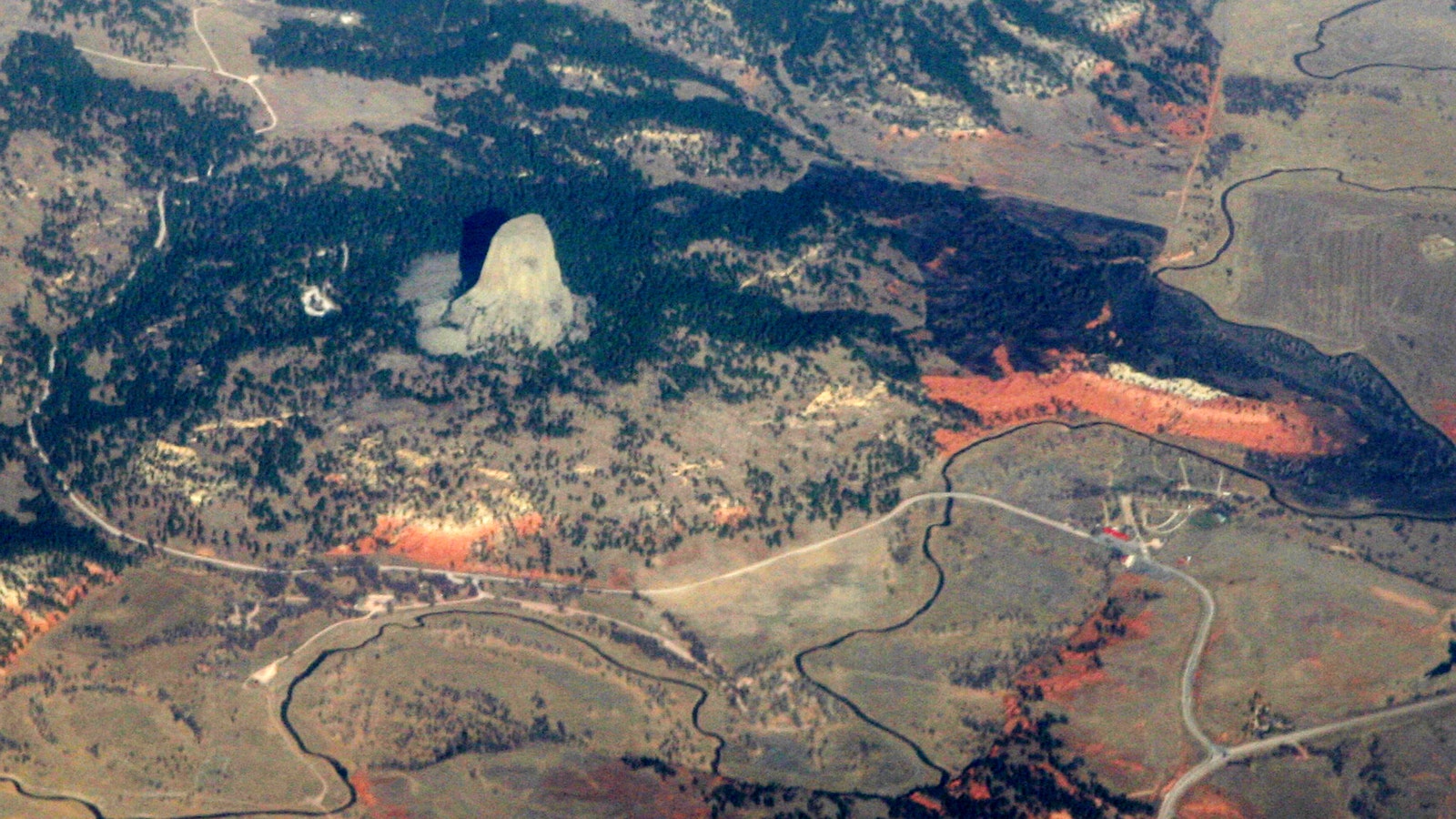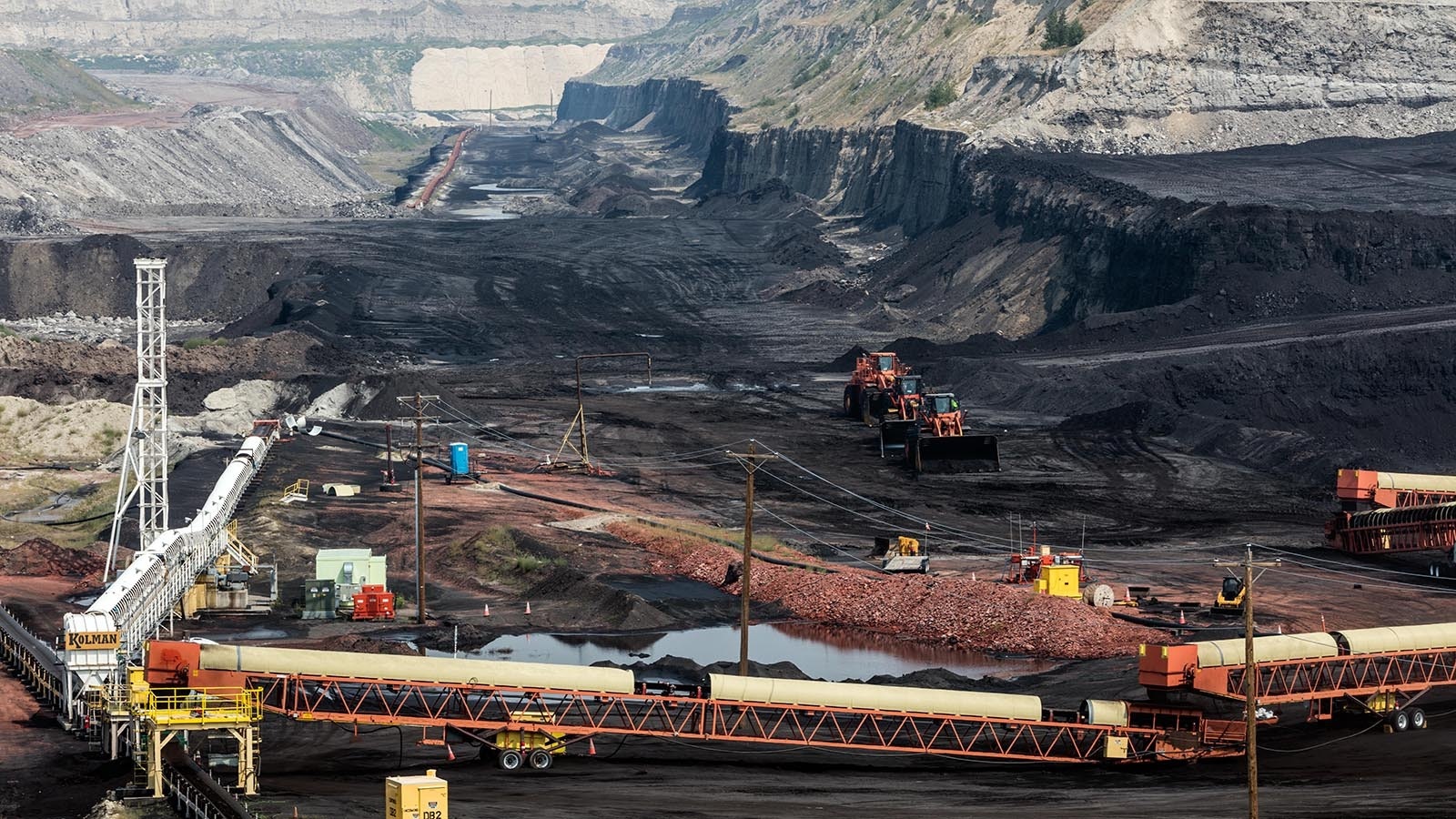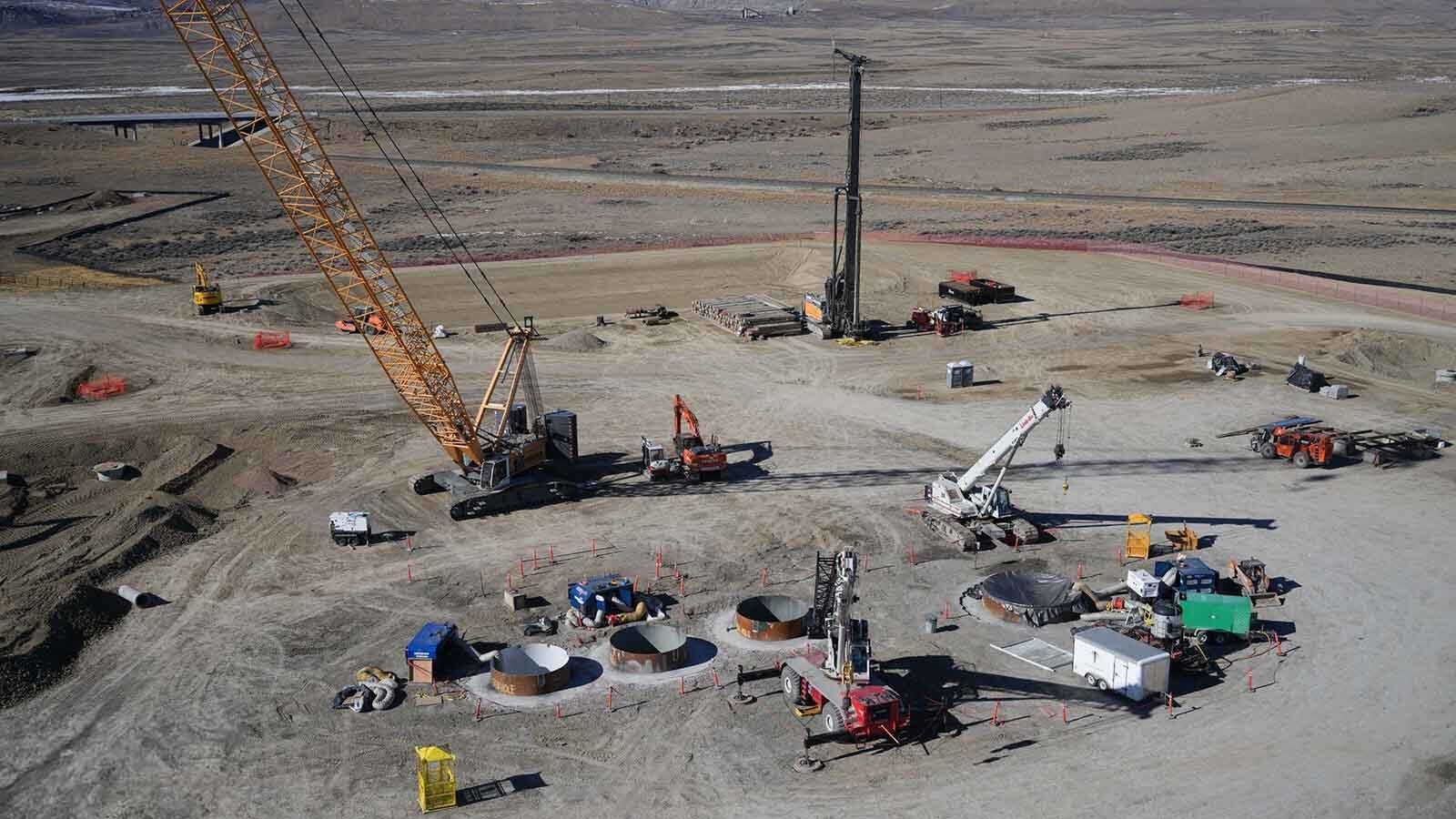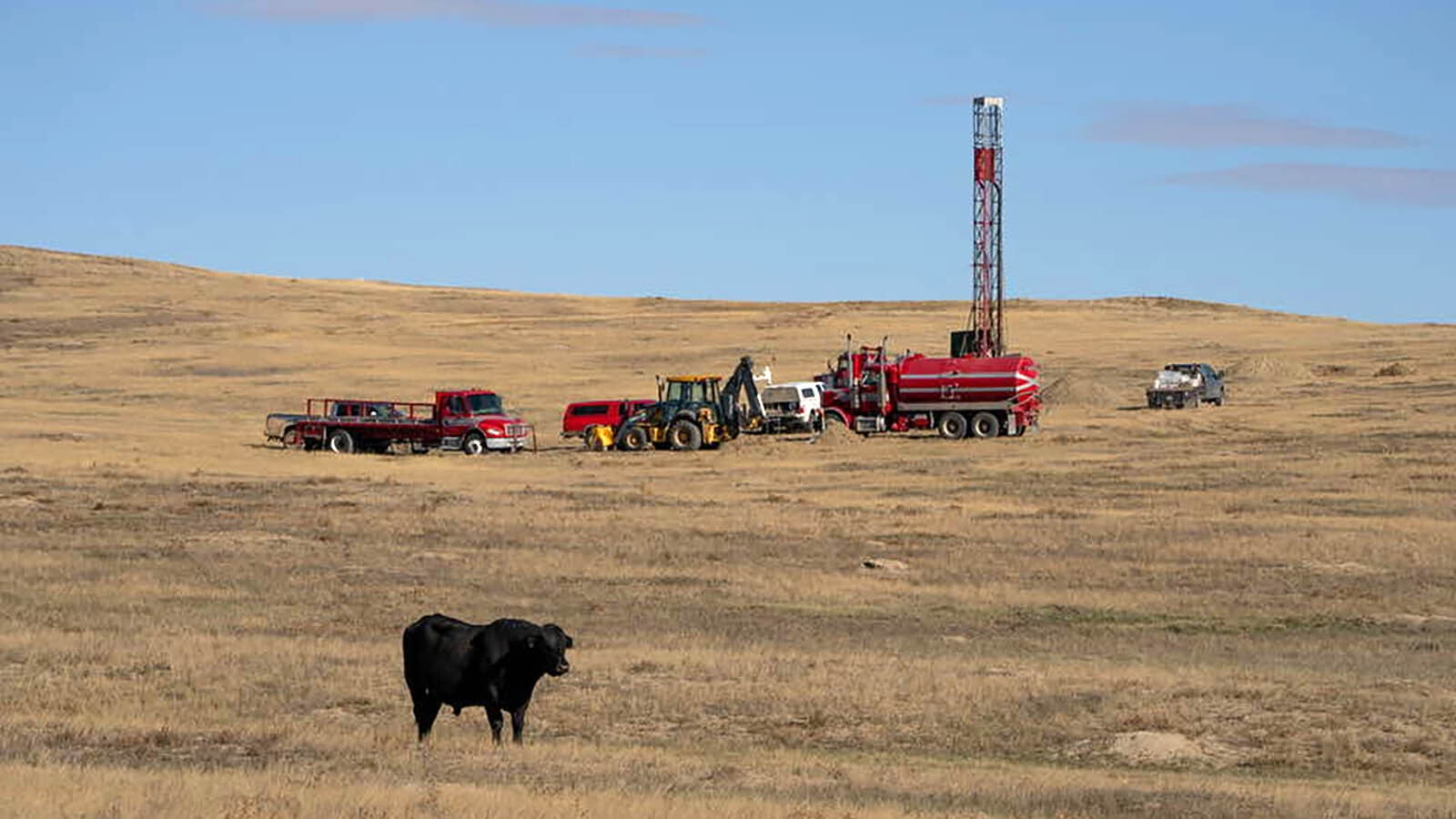It’s not a great time to build wind farms. Wyoming is home to the largest wind farm development in the country, as well as a number of others that are under construction.
CNBC reported in October that employees of GE were informed that the company intended to lay off 20% of its U.S. onshore workforce, with further cuts to operations in other countries as well. The company estimated it will have $2 billion in losses this year.
European turbine manufacturers also are struggling. The world’s largest manufacturer of turbines, Denmark-based Vestas Wind Systems, reported a loss of $151 million for the third quarter of this year.
Spain-based Siemens Gamesa Renewable Energy reported an annual loss of $965 million, and the company is looking to shed 2,900 employees. The company’s chief executive told The New York Times it loses 8% every time it sells a turbine.
There’s a number of pressures on the industry, including inflation, supply chain issues and increasing competition from Chinese manufacturers.
Continuing To Monitor
In Wyoming, there are a number of wind farms under construction, including the Chokecherry-Sierra Madre wind project, which will cover 1,500 acres in southcentral Wyoming. When complete, it will have 600 turbines cranking out 3,000 megawatts of energy when the wind is blowing.
Kara Choquette, director of communications and government relations for wind energy developer Power Company of Wyoming, said the company is still determining the models and vendors for turbines on the project. It will be a few years before the first turbines are installed at the location.
“We’ll continue to work with the major turbine manufacturers and will monitor how equipment-related issues settle out over the months ahead,” Choquette said.
PacifiCorp has several wind farms throughout southern Wyoming, and the company plans to build 3,628 megawatts of renewable resources by 2040.
David Eskelsen, spokesperson for PacifiCorp, said costs coming down from wind turbine manufacturers will be incorporated into the next edition of the company’s integrated resource plan (IRP), which is a decades-long plan for the company’s electricity portfolio. It includes economic analyses of the cost of construction, and as those costs increase, the company’s outlook could change. The next release of PacifiCorp’s IRP is spring 2023.
‘I’m not aware of any specific changes to wind projects that are currently in development,” Eskelsen added.
Power Density
Energy expert Robert Bryce told Cowboy State Daily the issue facing wind energy — and solar as well — is what he calls the Iron Law of Power Density.
Power density is the measure of energy flow that can be used from a given area, volume or mass. For example, a gallon of gasoline is about 34 kilowatt hours of energy, enough power to run a 100-watt bulb for 340 hours. A nugget of uranium-235, which is used in nuclear reactors, that weighs as much as a gallon of gasoline has an energy density enough to power that same bulb for more than 25 years.
Calculating the energy density of wind depends on the pressure, wind speed and temperature, and a host of other factors. But a good comparison to other forms of energy is the amount of material needed to produce the same amount of power as conventional sources, like gasoline and nuclear energy.
According to calculations by Bryce, wind requires 10,260 tons per 1 trillion watts of power produced, compared to 920 tons for nuclear power.
Land Density
Another resource is the amount of land needed. For nuclear, you need less than 1 square meter to produce a megawatt of energy. Coal-fired generation requires 25 square meters per megawatt. The Chokecherry-Sierra Madre wind farm will require more than 2,000 square meters per megawatt.
All that extra material needed for wind wasn’t causing a problem until inflation and supply chain issues since the pandemic began driving up the costs of materials.
“The resource intensity of wind energy wasn’t a problem for wind. We had cheap capital, cheap labor and cheap commodities. But we don’t have that anymore,” Bryce said.
In an interview with CNBC, Siemens Energy CEO Christian Bruch confirmed the cost of materials are what’s driving up turbine costs, and he warned that the transition to renewable energy may fail unless the problem is fixed.
No Easy Fix
Bryce said fixing that problem will require getting supply to meet demand, which means exponential increases in mining — which is no easy feat.
“Fundamentally, the entire wind energy sector, like solar, depends on massive amounts of mining. And so what we’re coming up against are the limits of the systems that we have in place, and the wind energy business is just one indicator of that,” Bryce said.
For the time being, the land resource isn’t as scarce, but it’s also one that can’t be increased.
Land Resource
And as wind projects encroach closer to population areas, opposition to wind farm permitting is increasing.
Bryce keeps a database of wind and solar farm rejections across the country. This year, there have been 53 rejections or restrictions on wind projects and 77 on solar projects. Bryce said the land resource required for the planned wind and solar buildout is something proponents won’t talk about.
“They know that the land use constraints are the binding constraint on the expansion of wind. And it’s not just the projects themselves. It’s the transmission lines,” Bryce said.





